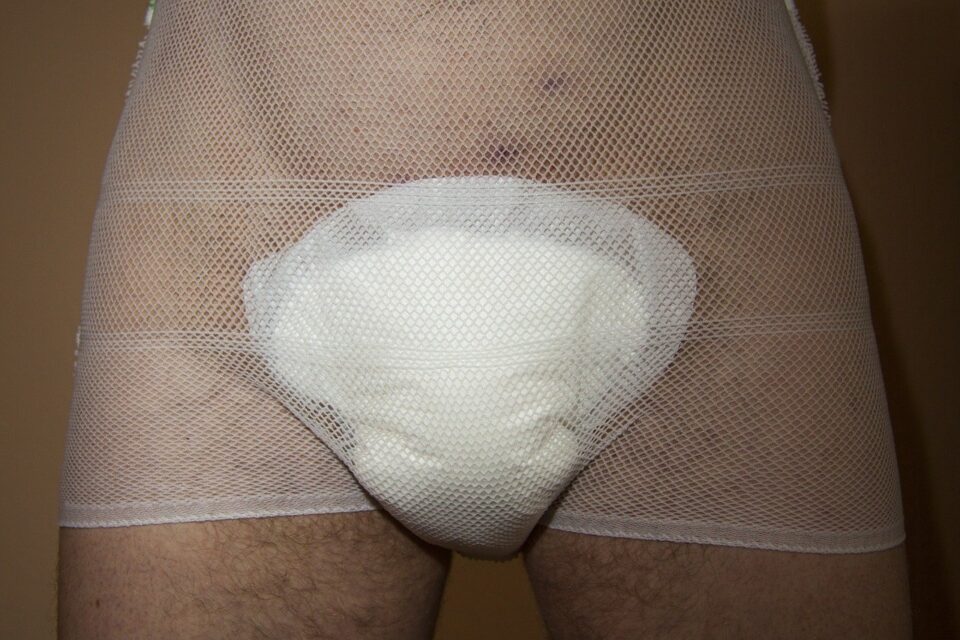A weakened bladder can be a real pain, both literally and figuratively. Not only can it make it challenging to go about your day-to-day activities, but it can also be embarrassing. If you are dealing with a weakened bladder, don’t worry – you are not alone. Millions of people around the world experience this same thing. In this article, we will discuss six tips on dealing with a weakened bladder. Let’s jump in.
Get Incontinence Products
The first step in dealing with a weakened bladder is to get incontinence products. As seen at https://www.saveritemedical.com/collections/incontinence, there are many types of incontinence products available, so you should be able to find one that suits your needs. Some common incontinence products include adult diapers, pads, and underwear.
When finding incontinence supplies, it is essential to find products that fit well and are comfortable to wear. You may also want to consider getting supplies with a moisture-proof backing, as this can help keep your clothes dry. Ensure you get quality products that will not leak. Otherwise, you may end up with more embarrassment and frustration.
Do Kegel Exercises
Kegel exercises are a great way to strengthen your pelvic floor muscles. These muscles support your bladder and help keep it from leaking. To do a Kegel exercise, contract the muscles you use to stop urine flow. Hold the contraction for three to five seconds, then relax for five seconds. Repeat this process ten times.
You can do Kegel exercises anywhere – while you are sitting at your desk, driving in your car, or even lying in bed. Just be sure not to do them when urinating, as this can lead to a bladder infection. Also, work with a doctor or pelvic floor physical therapist to ensure you are doing the exercises correctly.
Limit Caffeine and Alcohol Intake
Caffeine and alcohol are diuretics, which means they cause your body to produce more urine. If you have a weakened bladder, it is best to avoid or limit your intake of caffeine and alcohol. This includes coffee, tea, soda, energy drinks, and alcoholic beverages.
If you drink caffeine or alcohol, be sure to stay hydrated by drinking plenty of water. This will help flush out your system and reduce the risk of dehydration. Also, it is important to urinate frequently and avoid holding your urine in. You can also decide to forgo caffeine and alcohol altogether.
Avoid Bladder Irritants
Certain foods and drinks can irritate your bladder and make it more challenging to control leakage. If you have trouble with a weakened bladder, try avoiding bladder irritants such as spicy foods, acidic foods, caffeine, alcohol, artificial sweeteners, and carbonated drinks.
Also, be sure to empty your bladder after each time you urinate. This will help reduce the risk of bacteria buildup and UTIs. You should also avoid wearing tight-fitting clothes and using harsh soaps or detergents, as these can also irritate your bladder.
See a Doctor
If you are having trouble managing your weakened bladder, it is best to see a doctor. A doctor can help you find the root of the problem and recommend treatment options. There are many treatments available for bladder weakness, so you should find one that suits your needs.
A doctor will also be able to rule out any other underlying health conditions that may be causing your bladder weakness. Be sure to see a doctor if you are experiencing any other symptoms, such as pain during urination, difficulty urinating, or blood in your urine. Some of the underlying conditions that can cause bladder weakness include UTIs, interstitial cystitis, prolapse, and nerve damage.
Retrain Your Bladder
If you have a weakened bladder, you may need to retrain your bladder to hold urine for longer periods. This process is known as bladder training. Bladder training can help you increase the amount of time between bathroom trips and reduce leakage.
To start, track how often you urinate during the day. Once you have a good idea of your bathroom schedule, you can begin to lengthen the time between trips. For example, if you typically urinate every hour, try to wait an hour and a half before going to the bathroom. Slowly increase the time between bathroom breaks until you can hold your urine for four to six hours without leakage. It is essential to stick to a regular bathroom schedule during bladder training. This means going to the bathroom at set times, even if you don’t feel the urge to go.
There are many ways to deal with a weakened bladder. If you are experiencing problems, be sure to talk to your doctor about the best treatment options for you. Try out some of these tips and see which ones work best for you. You should start to see an improvement in your symptoms in no time.

